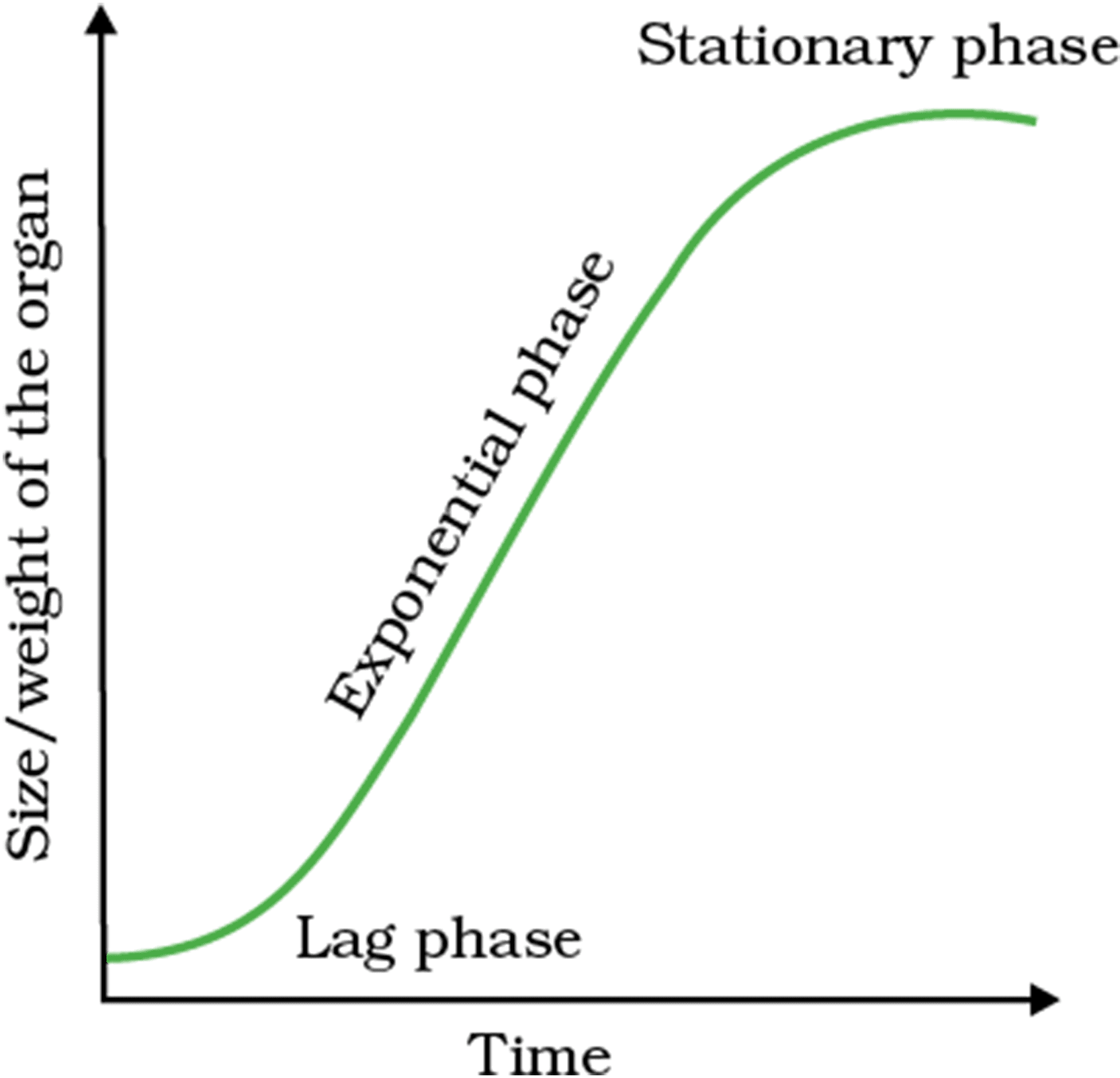Download CBSE Class 11 Biology Chapter 13 Important Questions
FAQs on Important Questions for Class 11 Biology Chapter 13 - Plant Growth and Development
1. Why should I refer to Vedantu’s important questions for Class 11 Biology Chapter 13?
Solving important questions is one of the best ways to self-evaluate your knowledge of the chapter. Referring to important questions for Class 11 Biology Chapter 13 pdf provided by Vedantu helps your problem-solving and time management skills as all the important concepts are explained in an easy language to help students better understand the chapter. Regular practice allows students to answer knowledge-based questions easily and accurately in the exams.
2. What is the weightage of Class 11 Biology Chapter 13?
According to the research made by the experts considering the previous year's question paper, you can expect approximately 18 marks, or 25% of the question paper can have questions from this unit. To grasp the important concepts of this chapter, it is highly recommended to download the pdf and refer to them to get a stronghold on the important topics and know how to write answers in the exam as per the marking scheme.
3. How is plant growth measured?
The growth of a few plants is measured by different parameters, including an increase in cell number, cell size, fresh weight, dry weight, length, area, and volume, while the growth of a pollen tube is measured in terms of its length, increase in surface area, and so on.
4. How is the growth period classified in Class 11 Biology Chapter 13?
The period of growth is divided into three phases: meristematic, elongation, and maturation.
5. What are ‘Plant hormones’?
Plant hormones are organic substances that regulate plant growth and development. Plant hormones are also known as phytohormones.
























